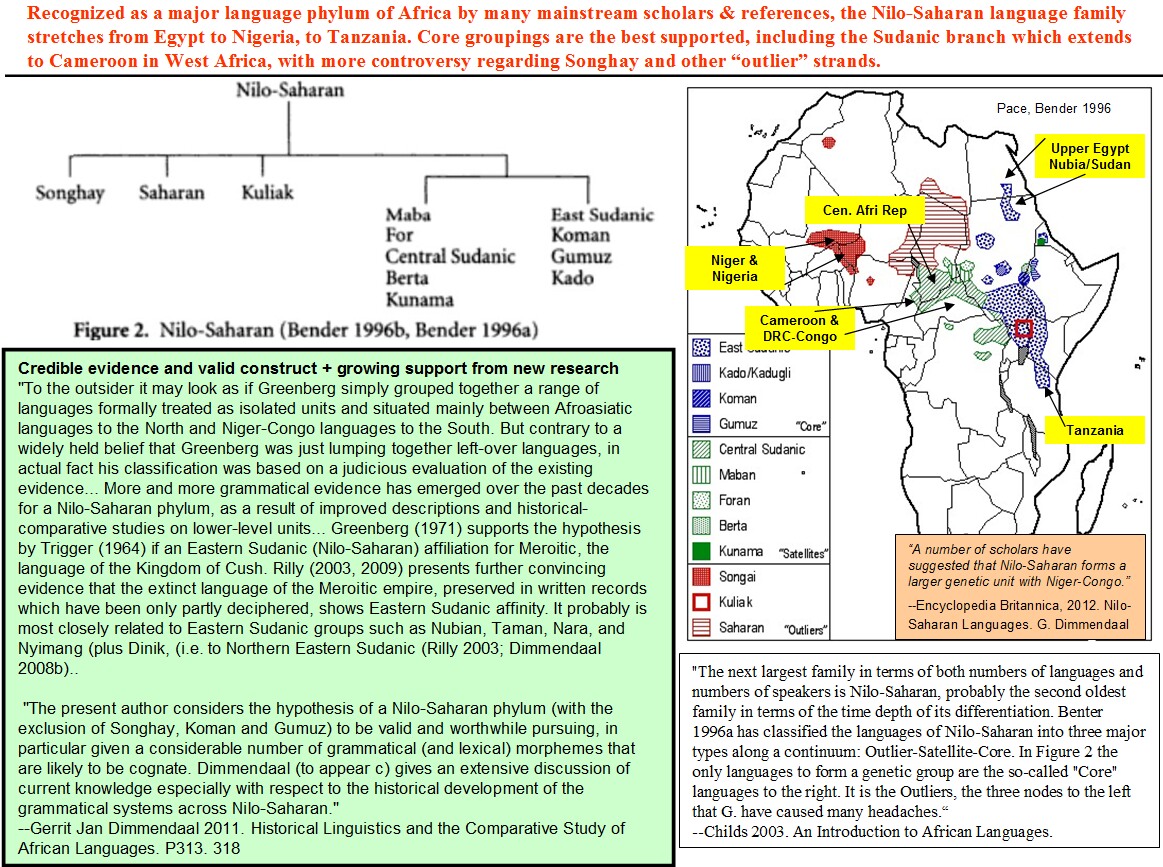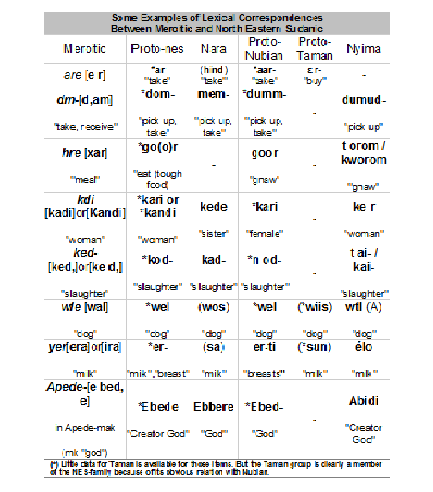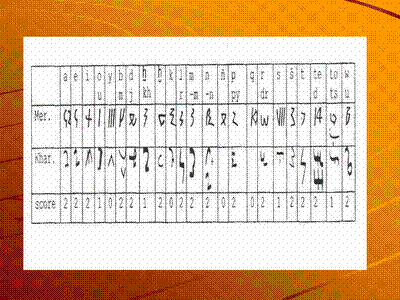Post by zarahan on Oct 13, 2015 20:27:19 GMT -5
Recognized as a major language phylum of Africa by many mainstream scholars & references, the Nilo-Saharan language family stretches from Egypt to Nigeria, to Tanzania. Core groupings are the best supported, including the Sudanic branch which extends to Cameroon in West Africa, with more controversy regarding Songhay and other “outlier” strands.

"Indeed, this view seems to be widespread in particular among non-specialists. But it is not clear what this skepticism is based upon. There nay in fact be a psychological reason for this. To the outsider it may look as if Greenberg simply grouped together a range of languages formally treated as isolated units and situated mainly between Afroasiatic languages to the North and Niger-Congo languages to the South. But contrary to a widely held belief that Greenberg was just lumping together left-over languages, in actual fact his classification was based on a judicious evaluation of the existing evidence... More and more grammatical evidence has emerged over the past decades for a Nilo-Saharan phylum, as a result of improved descriptions and historical-comparative studies on lower-level units... Greenberg (1971) supports the hypothesis by Trigger (1964) if an Eastern Sudanic (Nilo-Saharan) affiliation for Meroitic, the language of the Kingdom of Cush. Rilly (2003, 2009) presents further convincing evidence that the extinct language of the Meroitic empire, preserved in written records which have been only partly deciphered, shows Eastern Sudanic affinity. It probably is most closely related to Eastern Sudanic groups such as Nubian, Taman, Nara, and Nyimang (plus Dinik, (i.e. to Northern Eastern Sudanic (Rilly 2003; Dimmendaal 2008b).. "
--Gerrit Jan Dimmendaal 2011. Historical Linguistics and the Comparative Study of African Languages. p313.
"Nevertheless,, Ehret (2001) is to be complimented for putting together and comparing so many grammatical morphemes found in different Nilo-Saharan groups. Moreover, 'the Nilo-Saharan Etymological Dictionary' that forms the bulk of Ehret's text is a fertile source of suggestions for iso-glosses that can be more carefully worked out by other writers with more mainstream views about semantics and referencing previous work' as Blench (2000:303) put it. The present author considers the hypothesis of a Nilo-Saharan phylum (with the exclusion of Songhay, Koman and Gumuz) to be valid and worthwhile pursuing, in particular given a considerable number of grammatical (and lexical) morphemes that are likely to be cognate. Dimmendaal (to appear c) gives an extensive discussion of current knowledge especially with respect to the historical development of the grammatical systems across Nilo-Saharan."
--Dimmendaal 2011. p 318
"Whereas research over the past decades has resulted in additional historical comparative evidence becoming available in favor of Greenberg's hypotheses on Niger-Congo, and a Nilo-Saharan as well as an Afroasiatic phylum.."
--Dimmendaal 2011. p 324
"The next largest family in terms of both numbers of languages and numbers of speakers is Nilo-Saharan, probably the second oldest family in terms of the time depth of its differentiation. Benter 1996a has classified the languages of Nilo-Saharan into three major types along a continuum: Outlier-Satellite-Core. In Figure 2 the only languages to form a genetic group are the so-called "Core" languages to the right. It is the Outliers, the three nodes to the left that G. have caused many headaches.“
--Childs 2003. An Introduction to African Languages.
“A number of scholars have suggested that Nilo-Saharan forms a larger genetic unit with Niger-Congo.”
--Encyclopedia Britannica, 2012. Nilo-Saharan Languages. G. Dimmendaal
www.britannica.com/topic/Nilo-Saharan-languages
--------------------------
Note:
Some scholars say Songhay and Saharan is a part of Nilo-Saharan. Above the most common seeming view in the lit is given. But in any event many credible scholars see Nilo-Saharan as a valid phylum and/or hypothesis based on careful work, with the major core parts such as the Sudanic branches which stretch from Nubia to Cameroon drawing the most solid support. More arguments and debates surround specific parts and pieces that may or may not fit. But the cores seem to reflect the bulk of the support in most standard references and peer reviewed articles (See Dimmendaal 2008 for example). New research is continually adding more support to the field.
Anyone have any more data on Songhai and the other languages? Also links between Niger-COngo and Nilo-Saharan?








